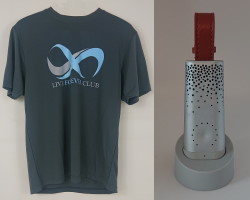Key points from article :
Swarms of microrobots injected into the human body could unblock internal medical devices and avoid the need for further surgery.
Scientists have developed magnetic microrobotics to remove deposits in shunts.
Shunts are prone to malfunctioning, often caused by blockages due to a build-up of sediment.
This leads to patients needing repeated, invasive surgeries throughout their lives.
"Once the magnetic microrobots are injected into the shunt they can be moved along the tube to the affected area using a magnetic field," explained Ali Hoshiar, lead researcher.
"The swarm of microrobots can then be moved so they scrape away the sediment, clearing the tube", he added.
Once the swarm has done its job, it can either be guided to the stomach via a magnetic field or bodily fluid, so they leave the body naturally.
The research was done at the University of Essex and published in the IEEE Transactions on Biomedical Engineering.





